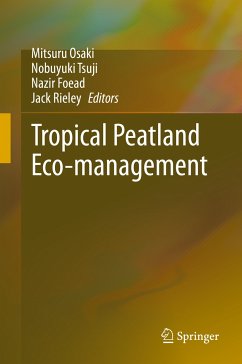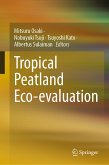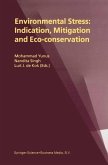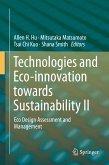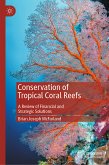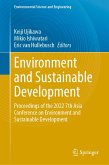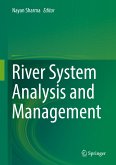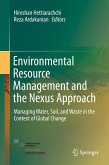Based on this new concept, this book thoroughly examines tropical peatland eco-management for scientists, political decision makers, governmental officials, land managers, students, and NGO/NPOs who are interested in 1) what the impact of peatland on climate change and ecosystem function, 2) how the management of disturbed peatland, and 3) drawing global scale restoration mechanisms of peatland and wetland.
In tropical peatland, a large amount of GHGs (carbon dioxide, methane, and nitrous oxide) is emitted due to the unappropriate development and inadequate management of peatland. The peatland ecosystems consist of the carbon-water complex, which is affected easily by the impact of human and climate change. Throughout much research of tropical peatland, the problems that result from development of tropical peatland are found to stem mainly from a lack of understanding of the complexities of this ecosystem and the fragility of the relationship between peat and forest and also between carbon and water.
In past, almost all peatland development and management system have been generally designed on "water drainage system". On the contrast of old system, an innovated eco- management is, here, proposed as "water irrigation system", including water cycling and natural capital enhancement. Through this book readers will learn the advanced peatland eco-management, with more practical methods and procedure based on ecosystem knowledge.
Dieser Download kann aus rechtlichen Gründen nur mit Rechnungsadresse in A, B, BG, CY, CZ, D, DK, EW, E, FIN, F, GR, HR, H, IRL, I, LT, L, LR, M, NL, PL, P, R, S, SLO, SK ausgeliefert werden.

